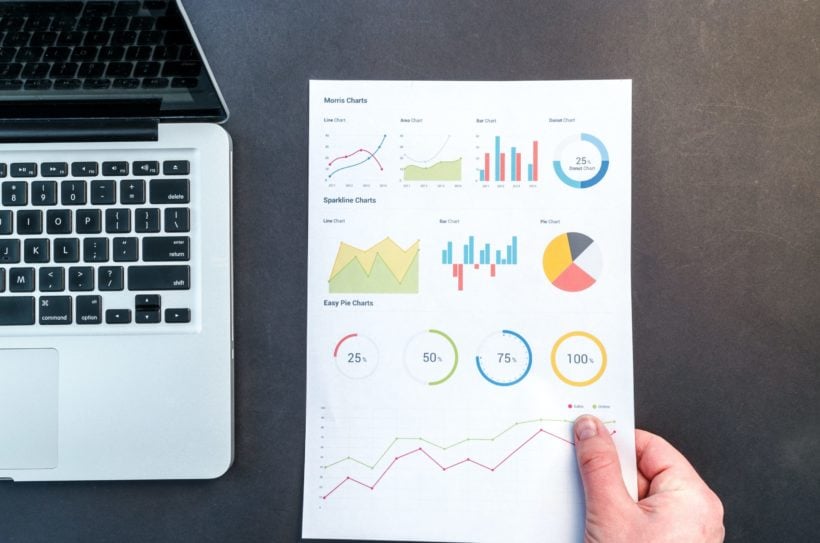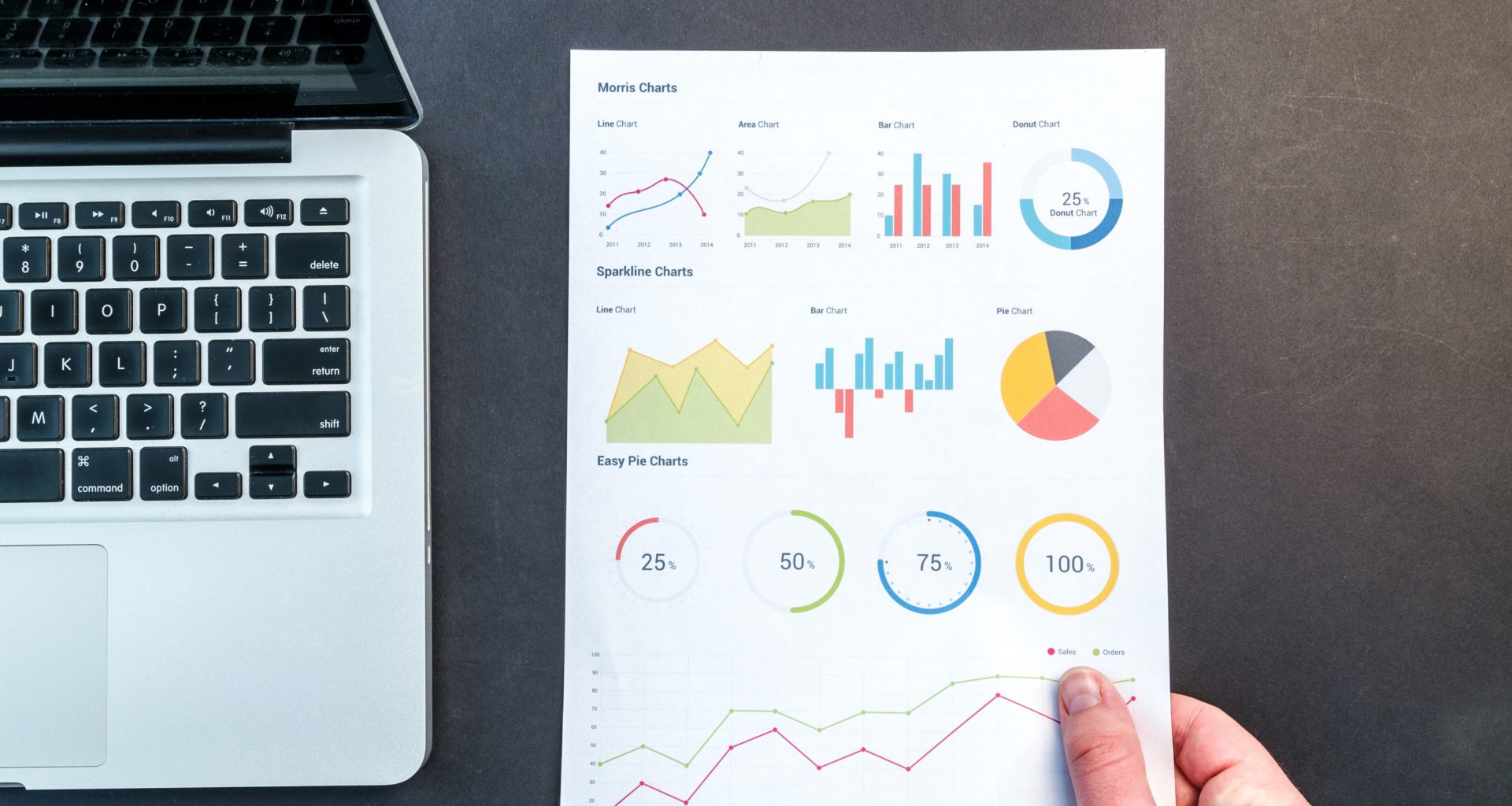E-commerce thrived in 2021, but if you want your brand to really take off, you need to focus on the data. Data-driven decision-making is the key to success in the modern world of e-commerce.
If you want to turn your business into a powerhouse this upcoming year, you need data to support you every step of the way. Here’s how to make more data-driven decisions and move your business forward:
-
Identify goals and KPIs.
Most people in the business world are aware that data is important, so they collect it without knowing what they’re going to do with it. But data for the sake of data doesn’t help anyone. To use data most effectively, you need to know your company’s goals.

It’s important to know when you’ve achieved your goals, which is why those goals should be tied to specific key performance indicators, or KPIs, like profit, customer acquisition rates or brand awareness.
Once you’ve set goals for the company and labeled KPIs to determine your goals, you can collect data to determine how close you are to achieving your goals. This will help you identify the type of data you need to collect and what decisions you should make based on that data.
Without a goal, data becomes a simple fun fact. When you have a goal, you can look at your data and evaluate how far you need to go. You can set goals for every aspect of your business. Set goals for reducing customer acquisition costs, increasing employee retention or building more brand awareness through organic social media. All of these things can, and should, be supported by data.
-
Collect strong data to optimize supply chain.
One supply chain startup, Logmore, describes how they’ve used data to solve supply chain issues, especially with perishable items. According to the condition monitoring company, bad data collection leads to problems with the supply chain.
Says the company, “Data is not collected from where it should be. Too often, there’s temperature information from the truck or maybe from a pallet level, but that’s just directional. It’s easy to understand that the difference between temperature and humidity might be drastic from the other end of the fully loaded truck. Temperature and all other critical conditions are needed from the products or at least from as close to them as possible.”
Too often, companies collect data using the most convenient sources rather than the most accurate sources. This can give you a skewed idea of where the issues are occurring in your supply chain. Whether you’re collecting data on perishable items or nonperishable items, data can tell a story about inefficiencies and areas that need improvement in your supply chain.
-
Gather consumer lifestyle data.
It’s essential to understand your customers when making strategic decisions with your company. It’s important to collect more data than just insights into profit, expenses and ROI. Consumer lifestyle data can help you reach more people with your brand and build products that resonate with people.
Consumer lifestyle data can transform your marketing efforts. It’s important to know what other brands your customers are engaging with, what their interests and hobbies are, as well as which social causes are on their radar.
An increasing number of consumers are invested in social causes. According to recent research, 70 percent of consumers want to know what the brands they support are doing to support social causes. Insights into which social causes your customers care about can help you reach them more effectively with your products.
-
Make data more accessible.
Most entrepreneurs aren’t going forward with their business alone. Entrepreneurship is all about connecting with others and convincing them you have an idea that’s really worth something. Because of this, you need to convince everyone working alongside you that the data is worth listening to.
Investors, business partners, and employees need to believe in your strategic vision, which is why you need to show where that vision came from. Making the data more accessible is the key to sharing that vision.
If you have a data analyst on your team, be sure your analyst is skilled in data visualization. A skilled data analyst can present data in a format that is accessible for anyone. Make sure your data is clean and organized. If you don’t have a data analyst, this task will either fall to you or someone on else on your team.
Anyone working with the data needs to know how to present it effectively, so consider investing in training in this area. This will help people understand why the data matters. You’ll have much greater success getting people on board with your ideas when your data is accessible.
-
Invest in advanced analytics platforms.
Data collection and analysis technology are advancing all the time. If you’re not using the latest and most innovative technology, it’s likely your competitors are, which gives them a major advantage.
There are advanced platforms that focus on marketing analytics that can help you improve your content strategy, SEO and organic social reach. There are also advanced customer insight platforms that can improve your understanding of your customers.
Without the most up-to-date technology, your information won’t be as informative as it can be. You don’t want to fall behind the competition, so be sure you’re collecting and analyzing data using the best tools available.
Originally published Dec. 23, 2021.






